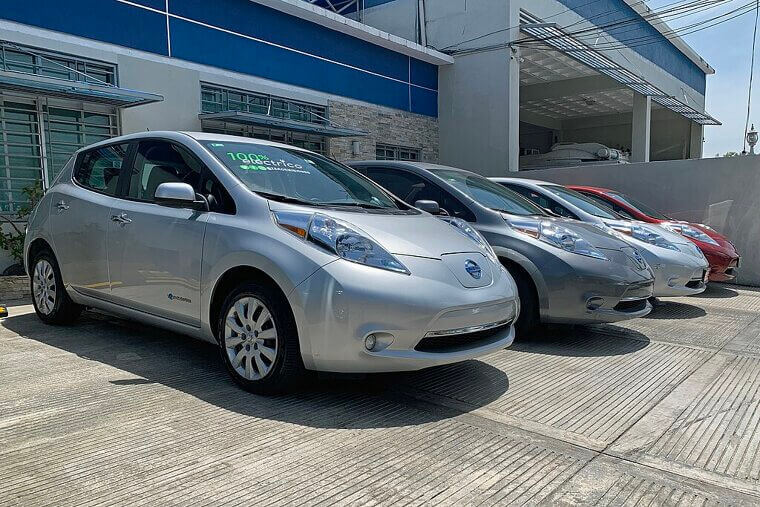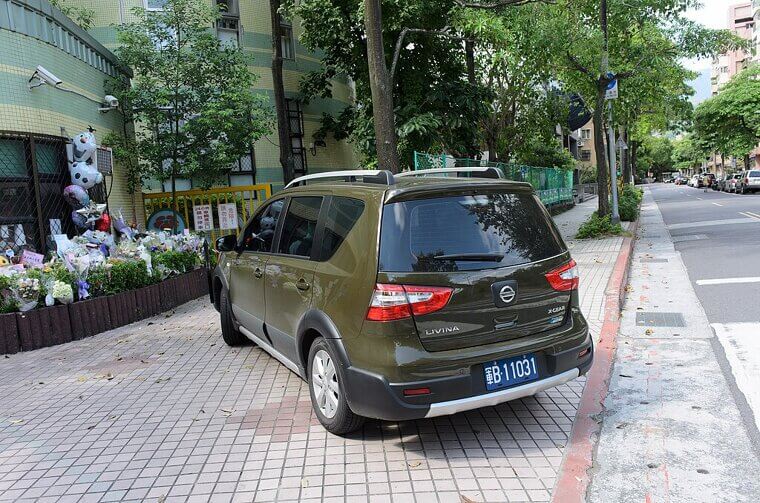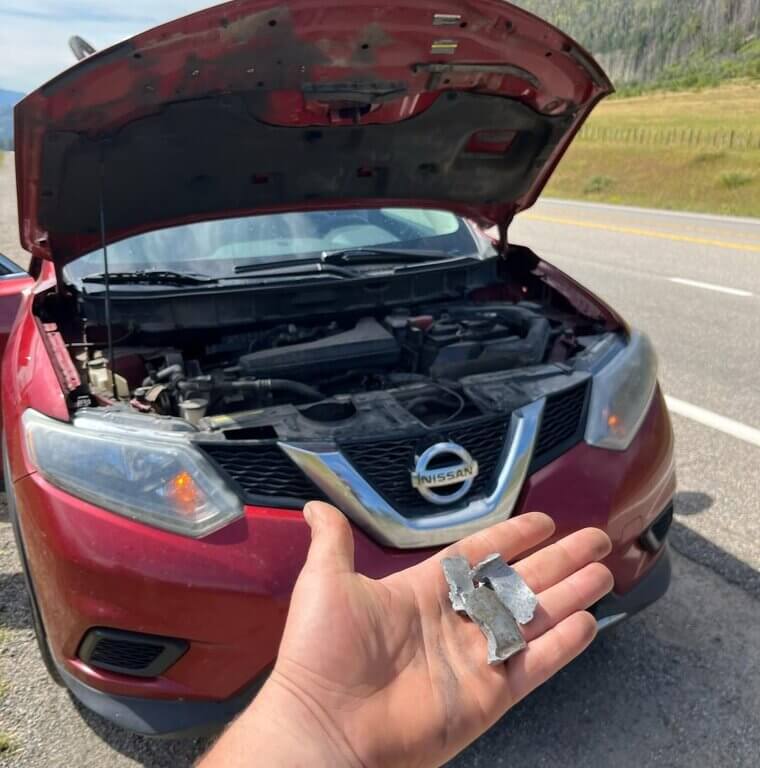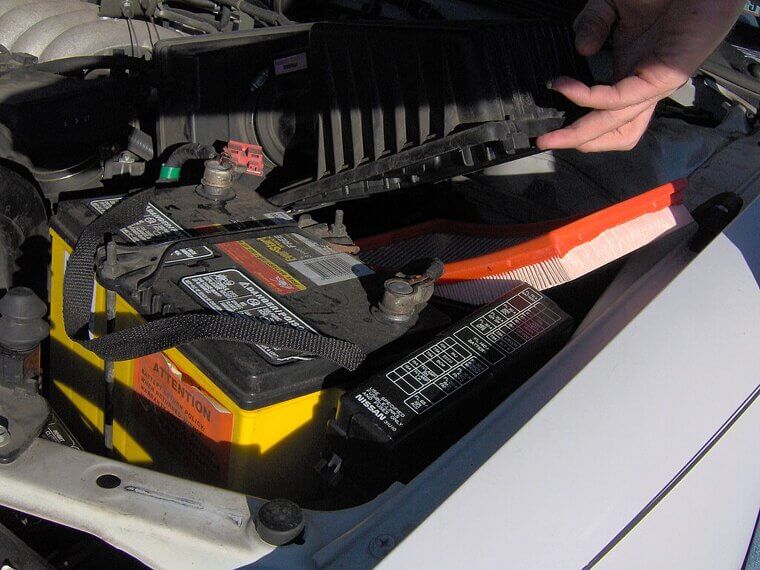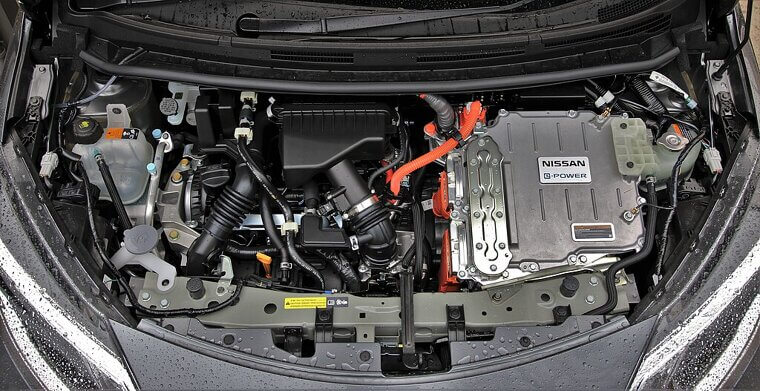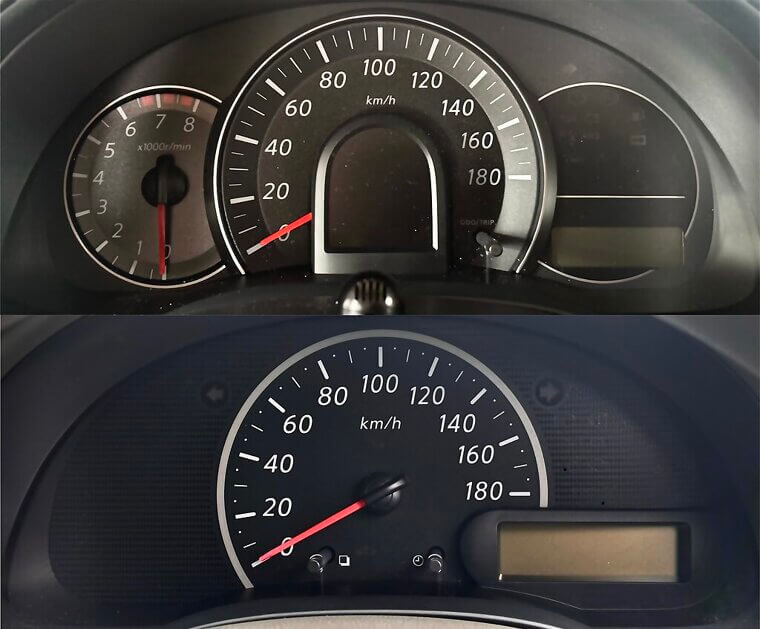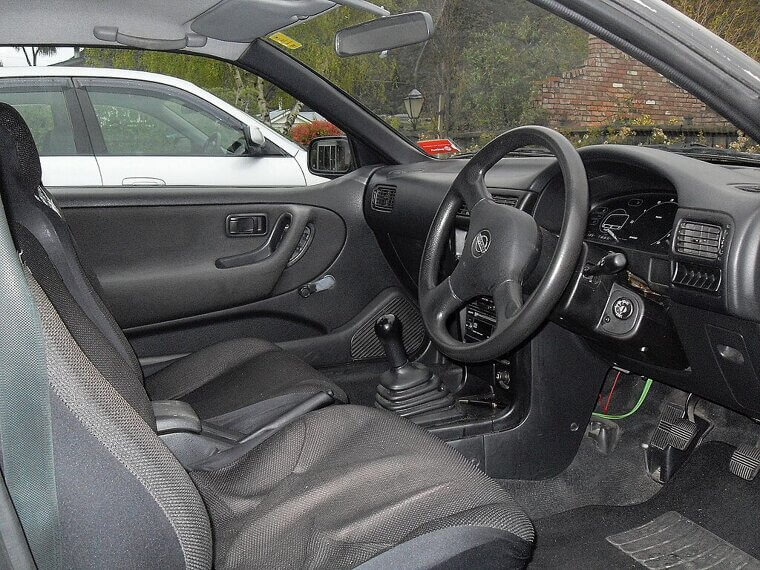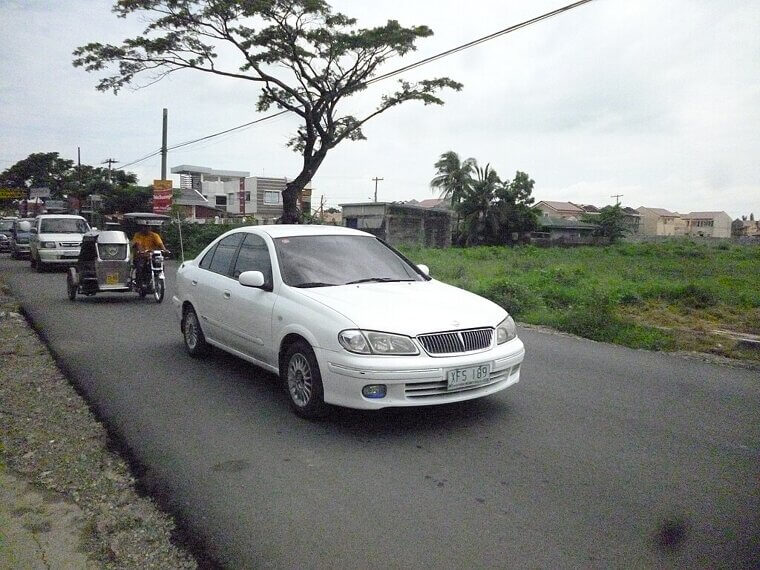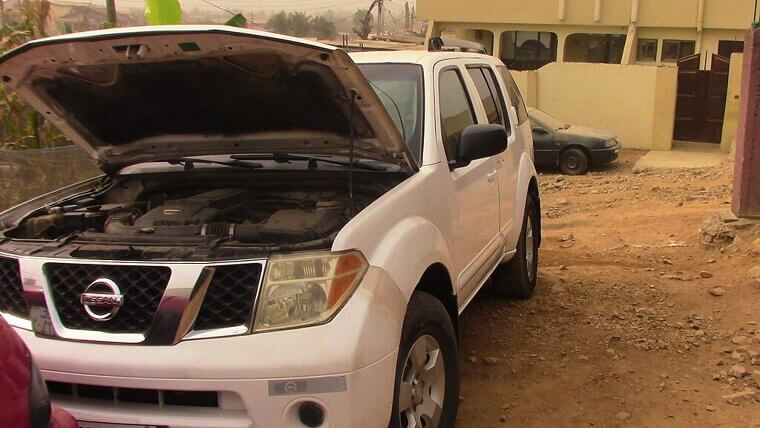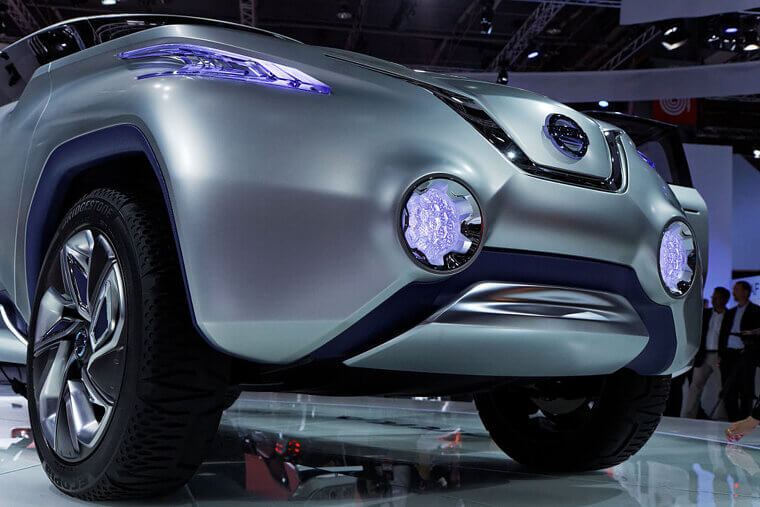Driver-Assistance Tech That Trails the Pack
Nissan’s ProPILOT Assist made waves when it debuted, but technology moves fast - too fast for the company’s current updates. In 2026, their suite still works, but it feels more like a prototype’s big sibling than a polished leader. Lane keeping is decent, adaptive cruise is steady, but the refinement isn’t quite there. With competitors leaning into smoother automation, Nissan’s system can leave drivers wondering when the next evolution will finally arrive.
EV Game Falling Behind
Nissan helped kick off the electric revolution, but in 2026 their spark feels a little dim. While rivals race ahead with longer ranges, faster charging, and bolder innovation, Nissan’s lineup still leans heavily on aging tech that feels more “early adopter nostalgia” than “future-ready confidence.” Buyers hunting for an EV with staying power may notice Nissan sitting at the back of the grid, waving politely as fresher contenders speed by.
Models Stuck in Yesterday
Some Nissan staples haven’t seen a meaningful refresh in far too long, and it shows. The shapes are familiar, the interiors déjà vu, and the driving experience feels like a rerun. In a market where yearly updates are the norm and excitement sells, the brand’s hesitancy to evolve leaves certain models looking like they missed the memo. It’s not that they’re bad - just comfortably stuck in a previous season while everyone else moves forward.
So-So Interiors, Premium Prices
Open a Nissan door and you’ll often find cabins that feel caught between budget-friendly and “almost upscale.” Unfortunately, the price tags like to pretend they’re firmly in premium territory. Hard plastics mingle with modest fabrics, creating a vibe that’s serviceable but rarely inspiring. Meanwhile, competitors are offering plush textures, smarter layouts, and a sense of occasion. Nissan’s interiors aren’t uncomfortable; they simply don’t deliver the “wow” buyers expect when spending this kind of money.
Clunky Infotainment in a Smart World
In 2026, drivers expect infotainment systems that glide like silk: quick menus, crisp graphics, seamless voice commands. However, Nissan’s setup can feel a bit like navigating an older smartphone you forgot in a drawer; the lag isn’t catastrophic, but it’s noticeable, especially next to newer, cleaner interfaces offered elsewhere. When road trips rely on smooth tech to keep spirits high, having a system that hesitates can feel like a tiny (but persistent) stone in your sneaker.
Resale Value That Drops Too Fast
Nissan vehicles often depreciate more quickly than their peers, and that’s a quiet cost many buyers don’t see coming until trade-in time rolls around. While the initial purchase may feel like a win, the long-term math tells a different story. Whether it’s outdated styling, lukewarm demand, or stronger competition, resale numbers tend to fall harder than expected. For shoppers hoping to preserve value over the years, that steep curve can sting more than a little.
Performance That Doesn’t Pop
Some Nissan models have the kind of “it’ll do” performance that’s fine for errands but rarely stirs the soul. Acceleration can feel unhurried, and the drivetrains don’t always reward you when you ask for a little excitement. It’s not sluggish enough to annoy, just mellow enough to feel bland. With so many rivals offering lively engines and crisp handling at similar prices, Nissan’s modest performance leaves drivers wanting a spark the brand doesn’t always deliver.
Underwhelming Warranty Coverage
In a world where generous warranties help buyers feel protected, Nissan’s offerings feel surprisingly conservative. They cover the basics, but several competitors now give longer terms, broader protections, or perks that sweeten ownership. When buyers compare coverage side by side, it’s hard not to notice Nissan providing less reassurance than the pack. For long-term peace of mind (especially as tech gets more complex) many shoppers may wish the safety net stretched just a bit wider.
Aging Battery Strategy, New-Year Problems
Nissan’s early EV success came from simple, affordable battery tech. Unfortunately, that simplicity hasn’t aged gracefully. Newer competitors boast better range, faster charging, and improved thermal management, making Nissan’s approach feel one step behind the frontier. While the cars still perform, they risk falling short for drivers with longer commutes or big weekend plans. It’s not a disaster, just a reminder that being a pioneer doesn’t automatically keep you ahead of the parade.
Unexpectedly Pricey Repairs
While Nissan’s purchase prices look appealing, repair bills tell a different story. Certain components (especially in CVT transmissions) can be costly to fix, and labor times aren’t always gentle on the wallet. Even smaller issues may sting more than buyers anticipate. It’s the sort of surprise that doesn’t show up on the window sticker but makes itself known down the road, turning what seemed like a thrifty choice into a more expensive long-term relationship.
Parts Shortages at the Worst Times
It’s the classic problem: something breaks, you book the repair, and then… you wait. Some Nissan owners report longer-than-expected delays for parts, which can feel especially frustrating when you rely on your car for work or family life. Supply chain fluctuations are a modern reality, but Nissan seems to be hit harder in certain regions and model lines. A simple fix can turn into a multi-week hiatus, leaving drivers improvising while their car sits idle.
Gas Mileage That Misses the Mark
You’d expect Nissan to lean hard into efficiency, but some of their gas-powered models lag behind rivals who squeeze more distance out of every drop. It’s consistently below the leaders, especially in SUVs and crossovers. For budget-conscious drivers, that extra fuel spend adds up over time. When greener, thriftier options line the lot right next door, Nissan’s middling mileage can feel like a missed opportunity to shine.
More Cabin Noise Than Competitors
Slip behind the wheel and hit the highway, and you may notice wind and road noise creeping in earlier than expected. Nissan’s insulation varies from model to model, creating an inconsistent experience that contrasts with the hushed cabins offered elsewhere. The noise won’t ruin your drive, but it does chip away at comfort during longer trips. With other brands treating quietness like a luxury feature, Nissan’s acoustics can feel a bit too open-concept.
Ride Quality All Over the Map
Nissan’s suspension tuning often feels like a coin toss: some models float nicely, others bounce more than you’d expect, and a few mix both moods in the same drive. It creates a sense of unpredictability that stands out in a market obsessed with refinement. The cars get you from A to B but the journey can feel less composed than rivals. When comfort is a key selling point, that inconsistency becomes hard to ignore.
Safe Styling in a Bold Market
Nissan’s designers seem to favor “pleasant” over “daring,” and while that keeps the cars approachable, it also makes them easier to lose in a parking lot full of sharper, more expressive competitors. The shapes work, the lines behave, and nothing offends; however, nothing surprises, either. In 2026 when boldness sells and personality counts, Nissan’s styling can come across as politely neutral in a landscape that rewards the brave.
Reliability Scores Slipping
Nissan once held a solid reputation for dependability, but recent years haven’t been as kind. Several models have dipped in third-party reliability rankings, hinting at hiccups in both design and long-term durability. It’s like a steady tapping on the shoulder reminding buyers to look twice. With so many competitors strengthening their engineering game, Nissan’s slight slide leaves shoppers wondering whether the brand can reclaim the trust it once commanded.
Safety Ratings That Don’t Impress
While many Nissan models perform respectably in crash tests, a few land squarely in the “fine, but not fantastic” category. In 2026, that’s a tougher sell, especially when competitors are stacking up top-tier safety awards like trading cards. Advanced safety options are available, but sometimes gated behind pricier trims. For families or commuters who consider safety a non-negotiable, Nissan’s mixed report card might feel a touch too uncertain for comfort.
Weak Towing in Strong Segments
If you’re looking for a vehicle that can pull its weight (literally) Nissan’s lineup doesn’t always rise to the occasion. Several SUVs and trucks lag behind rivals with beefier towing capacities and sturdier setups. It’s not that Nissan can’t tow; it’s just that others tow more, easier, and with fewer caveats. For weekend adventurers hauling campers or gear, that gap becomes a deciding factor, nudging buyers toward brands with a bit more muscle.
Sneaky Subscription Fees
The subscription creep has hit the industry, and Nissan hasn’t been shy about joining the trend. Features that once came standard (or at least as a one-time upgrade) may now sit behind monthly paywalls, nibbling at your wallet long after you’ve left the dealership. While not unique to Nissan, it still feels like an unwelcome passenger in the car. Buyers trying to budget realistically might balk at yet another recurring charge woven into ownership.
Less Value for the Same Price
When you stack Nissan models next to the competition, the value equation doesn’t always lean in their favor. Price tags often match rivals, but the features, refinement, and perks don’t quite measure up. It’s not a dramatic mismatch, just a steady pattern of “almost, but not quite” that becomes clearer the more you compare. In a year full of aggressively competitive offerings, Nissan’s quieter value proposition risks fading into the background.






